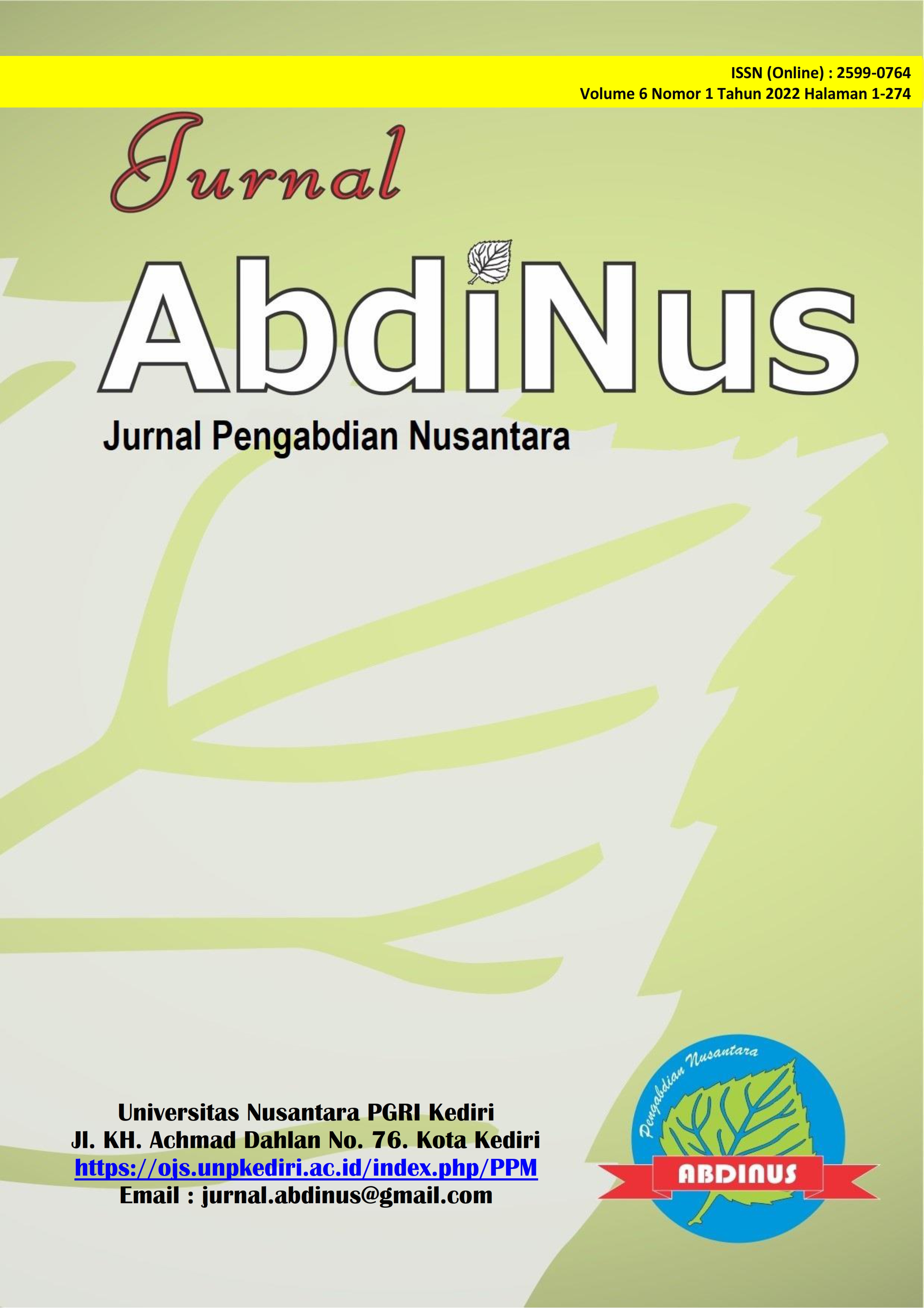Pengembangan Computational Thinking Melalui IoT Apps Programming Dengan Tinkercad
DOI:
https://doi.org/10.29407/ja.v6i1.16007Keywords:
Computational Thinking, IoT Application, Tinkercad.Abstract
Computational thinking is one of competencies are needed recently. Most countries had already included computational thinking into their curriculum. Based on PISA 2018, Indonesia placed 72nd ranking of 77 countries for reading, 72nd ranking of 78 countries for mathematics, and 70th ranking of 78 countries for sciences. It is of concern to government and us to elevate this computational thinking ability, especially for students. Through this community service, the training of IoT programming using Tinkercad is given to PAHOA Senior High School students. Theory and hands-on practical in this training was followed by 40 students for 4 months. Based on questionnaire in the end of this training, 62% participations agreed that their computational thinking increase through this training and 96% participations could make IoT apps.
Downloads
References
Bocconi, S., Chioccariello, A., Dettori, G., Ferrari, A., Engelhardt, K., Kampylis, P., & Punie, Y. (2016). Developing Computational Thinking in Compulsory Education - Implications for policy and practice. In Joint Research Centre (JRC) (Issue June). https://doi.org/10.2791/792158
Fidler, D. (2016). Future Skils: Update and literature review. http://www.ncbi.nlm.nih.gov/entrez/query.fcgi?cmd=Retrieve&db=PubMed&dopt=Citation&list_uids=1306910
Gerakan PANDAI, Langkah Awal Penggerak Computational Thinking Siswa Indonesia. (2020). http://news.maranatha.edu/gerakan-pandai-langkah-awal-penggerak-computational-thinking-siswa-indonesia
Gomes, M., Hirata, G., & Oliveira, J. B. A. e. (2020). Student composition in the PISA assessments: Evidence from Brazil. International Journal of Educational Development, 79(November). https://doi.org/10.1016/j.ijedudev.2020.102299
Kasih, A. P. (2020). Nilai PISA Siswa Indonesia Rendah, Nadiem Siapkan 5 Strategi Ini. Kompas.Com. https://edukasi.kompas.com/read/2020/04/05/154418571/nilai-pisa-siswa-indonesia-rendah-nadiem-siapkan-5-strategi-ini?page=all
Ling, L. U., Tammie, C. S., Nasrah, N., Jane, L., & Norazila, A. A. (2018). an Evaluation Tool To Measure Computational Thinking Skills : Pilot Investigation. Herald NAMSA, 1(September), 606–614.
Mohaghegh, D. M., & McCauley, M. (2016). International journal of computer science and information technologies (IJCSIT). 7(3), 1524–1530. https://unitec.researchbank.ac.nz/handle/10652/3422
OECD. (n.d.-a). PISA 2021 MATHEMATICS FRAMEWORK (DRAFT). 2nd draft 32-40. http://www.oecd.org/pisa/pisaproducts/pisa-2021-mathematics-framework-draft.pdf
OECD. (n.d.-b). PISA 2022 MATHEMATICS FRAMEWORK. Retrieved March 14, 2021, from https://pisa2021-maths.oecd.org
Seow, P., Looi, C.-K., How, M.-L., Wadhwa, B., & Wu, L.-K. (2019). Educational Policy and Implementation of Computational Thinking and Programming : Case Study of Singapore. In S.-C. Kong & H. Abelson (Eds.), Computational Thinking Education (pp. 345–362). Springer Nature Singapore Pte Ltd. https://doi.org/10.1007/978-981-13-6528-7_5
So, H. J., Jong, M. S. Y., & Liu, C. C. (2020). Computational Thinking Education in the Asian Pacific Region. Asia-Pacific Education Researcher, 29(1), 1–8. https://doi.org/10.1007/s40299-019-00494-w
Tentang Bebras Indonesia. (n.d.). Retrieved March 14, 2021, from https://bebras.or.id/v3/
World Economic Forum. (2020). The Future of Jobs Report 2020 | World Economic Forum. The Future of Jobs Report, October, 1163. https://www.weforum.org/reports/the-future-of-jobs-report-2020/digest
Yadav, A., Hong, H., & Stephenson, C. (2016). Computational Thinking for All: Pedagogical Approaches to Embedding 21st Century Problem Solving in K-12 Classrooms. TechTrends, 60(6), 565–568. https://doi.org/10.1007/s11528-016-0087-7
Zahid, M. Z. (2020). “Computational Thinking” Menyongsong PISA 2021. https://news.detik.com/kolom/d-4922046/computational-thinking-menyongsong-pisa-2021















